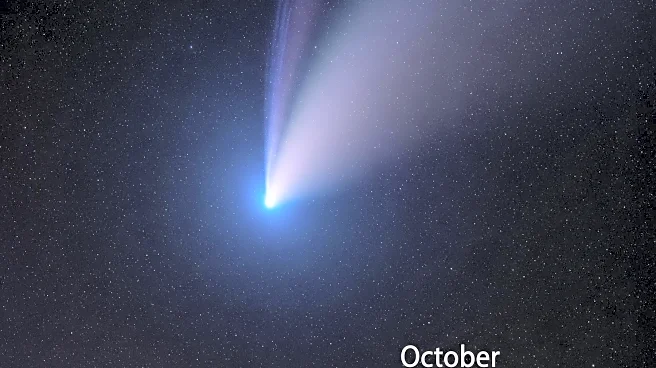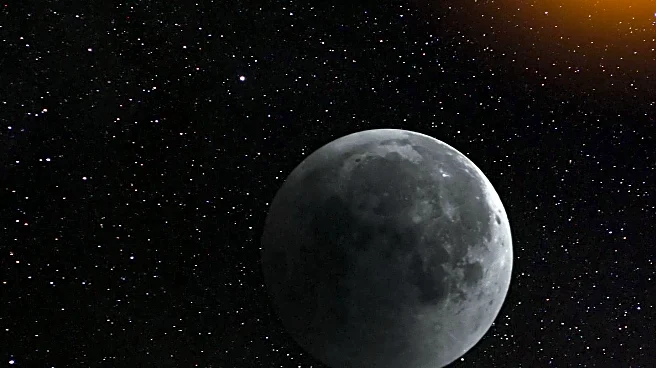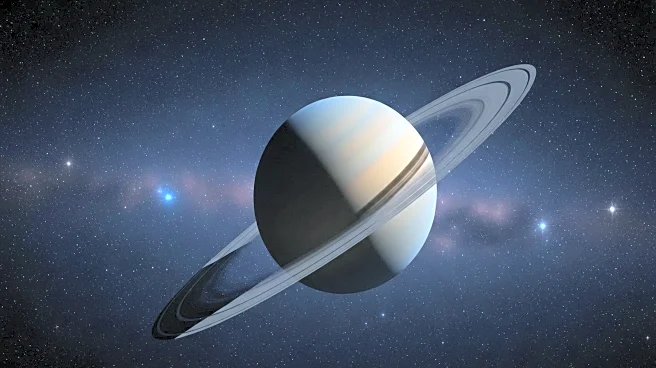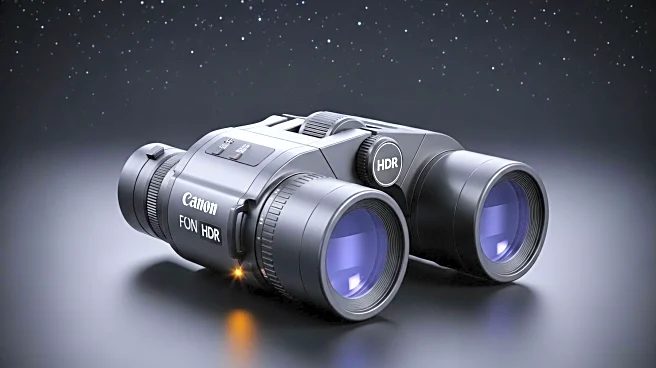What is the story about?
What's Happening?
Ceres, the largest body in the main asteroid belt, is currently visible in the constellation Cetus, shining at magnitude 7.6. Positioned just north of Diphda, Cetus' beta star, Ceres can be observed with binoculars or small telescopes. Throughout October, Ceres will move through a line of Phi stars, providing a reference for tracking its path across the night sky.
Why It's Important?
The visibility of Ceres offers a unique opportunity for amateur astronomers and stargazers to observe a dwarf planet. As Ceres passes through Cetus, its proximity to bright stars aids in its identification, making it accessible to those with basic astronomical equipment. Observing Ceres can enhance public interest in astronomy and provide educational opportunities about the solar system's smaller bodies.
What's Next?
As Ceres continues its journey through Cetus, observers can track its movement relative to the Phi stars. This celestial event may inspire further interest in the study of dwarf planets and their characteristics. Astronomy enthusiasts are encouraged to document their observations and share findings with the broader community.
Beyond the Headlines
The observation of Ceres highlights the importance of public engagement in astronomy and the role of amateur astronomers in contributing to scientific knowledge. Events like this can foster a greater appreciation for the night sky and encourage educational initiatives focused on space exploration and celestial phenomena.
AI Generated Content
Do you find this article useful?













